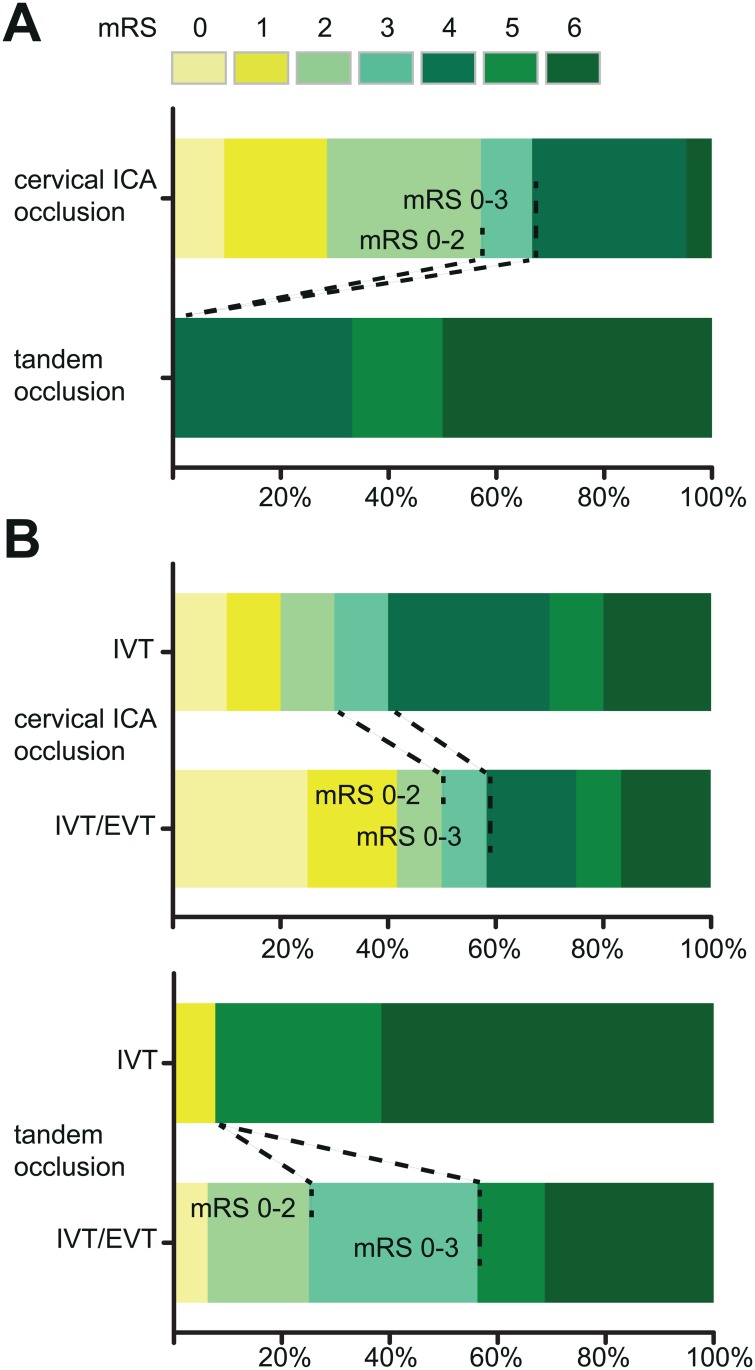Fig 1. Outcome and treatment effects in patients with isolated cervical ICA occlusion and extra-/intracranial tandem occlusion.
(A) Outcome according to modified Rankin scale (mRS) scores at day 90 in untreated patients with isolated cervical ICA occlusion and extra-/intracranial tandem occlusion, respectively. Scores range from 0–6, 0 indicating no symptoms, 1 no clinically significant disability despite symptoms, 2 slight disability (ability to look after own affairs, but unable to perform all previous activities), 3 moderate disability (some help needed but able to walk unassisted), 4 moderately severe disability (unability to walk alone and care for bodily needs without assistance), 5 severe disability (constant nursing care and attention required), 6 death. Compared to patients with tandem occlusion, favorable outcome (mRS 0–2) and moderate outcome (mRS 0–3) occurred significantly more often in the isolated cervical ICA occlusion group (mRS 0–2: Fisher’s exact test p = 0.02, mRS 0–3: Fisher’s exact test p = 0.006). (B) Effect of combined intravenous/endovascular treatment (IVT/EVT) compared to i.v. treatment alone (IVT). In patients with isolated cervical ICA occlusion, outcome was not significantly different between the IVT/EVT and IVT group (mRS 0–3, Fisher’s exact test p = 0.67). In tandem occlusion, however, we found an increased rate of moderate outcome in IVT/EVT-treated patients compared to IVT alone (Fisher’s exact test p = 0.008). Shift analysis over the whole range of mRS confirmed this finding (Mann-Whitney U p = 0.02). See (A) for details of mRS scoring.

